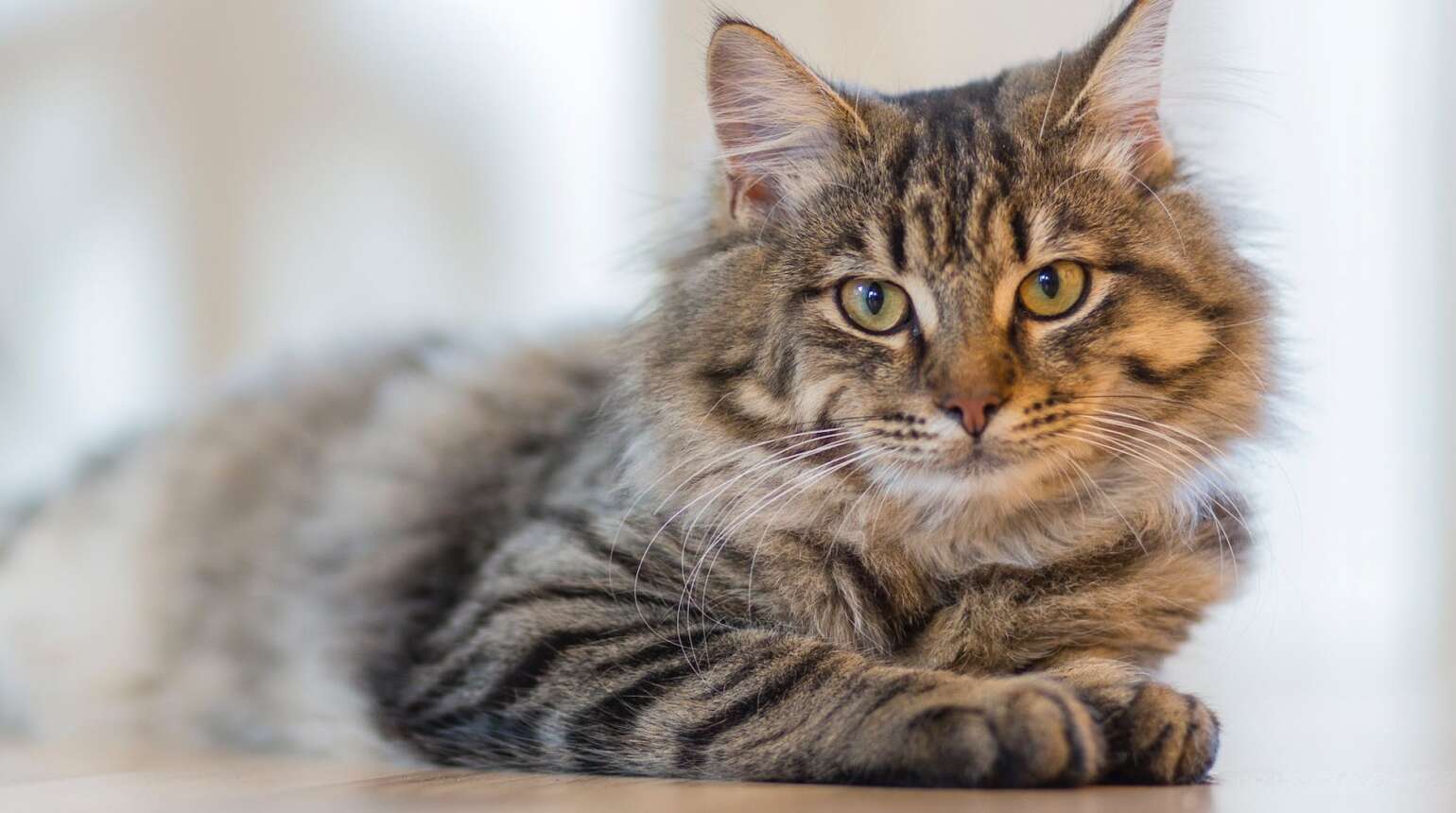Beyond retained fetal membranes: Managing conditions affecting the postpartum mare (2023)
James R. Crabtree BVM&S CertEM(StudMed) FRCVS. Equine Reproductive Services (UK) Ltd. Trigger Castle, Malton, North Yorkshire, United Kingdom Written 2023
Proceedings: WEVA CONGRESS 2023
Complications in the early postpartum period are a common and challenging problem for the equine clinician. This presentation reviews some of the specific problems encountered in the postpartum mare.
Periparturient haemorrhage
The most frequent cause of haemorrhage during parturition is rupture of the middle uterine artery and the risks of rupture are greater in older mares especially those that have had multiple foals. The majority of bleeds are contained within the broad ligament resulting in a haematoma however the bleed can occur di- rectly into the abdominal cavity or into the uterus. Broad ligament, uterine or pelvic wall haematomas often result in colic due to the stretching of the tissues. If an artery ruptures directly into the peritoneal cavity the mare may not be painful but the haemorrhage may be more profuse and rapidly fatal.
In the acute phase of haemorrhage haematology may show an increase, decrease, or no change in packed cell volume (PCV) due to splenic contraction, hypoproteinemia and hyperlactatemia would be suggestive of blood loss in a horse. If the mare survives the acute phase, a drop in PCV is usually observed over the following days before a regenerative red cell response can be made. Transabdominal ultrasound can be performed to detect free fluid in the abdomen and abdominocentesis can be obtained to confirm an ele- vated red cell count indicative of haemoabdomen. In cases with broad ligament haematoma the peritoneal fluid protein levels can be significantly elevated (up to 50 g/l) with normal white cell count.
Treatment is challenging and often controversial. If the mare survives the initial haemorrhage, it is likely that a clot has formed. In all cases, keeping the mare quiet is paramount to her survival. If the mare is ac- tively haemorrhaging the approach is governed by the facilities available and the economics of the partic- ular case. In some instances, an extreme hypotensive state may actually offer the best chance for survival, whereas in others an attempt to restore intravascular pressures and circulatory volume with iv fluid thera- py could be indicated. The need to support cardiac output and ensure oxygen delivery must be balanced against the prospect of the increased arterial pressure promoting further haemorrhage. Conservatively mild sedation (alpha-2 agonist), pain relief with butorphanol and/or flunixin meglumine are recommended. Prophylactic broad-spectrum antibiotic coverage is warranted and low dose (10 iu) oxytocin therapy may be useful to promote uterine involution.
Aminocaproic or tranexamic acid may be beneficial; in horses an extrapolated dose of 10mg/kg tranexam- ic acid is given by slow i/v injection up to three times in the first 24 hours depending on the severity of bleeding. Fletcher and co-workers (2013) showed that the minimum concentrations of aminocaproic and tranexamic acid required to inhibit fibrinolysis in horses were approximately 1/20 those required in humans. Although controversial, formalin (16 ml of 10% buffered formalin diluted in 45 ml of 0.9% saline solution and administered by slow i/v injection has also been used to treat uncontrolled haemorrhage in horses and appears to have short term safety (Moreno et al. 2021).
Metritis
Incidence of metritis is low but increases with birth trauma and retained fetal membranes. It usually pres- ents within 2-4 days postpartum and is often associated with a pronounced neutropenia. Inflammation
of the uterine wall permits bacteria and toxins to enter the systemic circulation, resulting in bacteraemia and endotoxaemia. Any postpartum mare with fever and anorexia should be suspected of having metritis. A large volume of toxic, red-brown, watery fluid may accumulate within the postpartum uterus before any obvious vaginal discharge becomes apparent.
Treatment should include broad-spectrum antibiotics, anti-inflammatory drugs and intravenous fluids if indicated. A combination of procaine penicillin and gentamicin are widely used to provide broad-spectrum systemic coverage. Anti-endotoxic doses of flunixin meglumine (0.25 mg/kg bodyweight three times a day) should be considered as a minimum; 10-20 iu oxytocin every 4-6 hours will promote uterine clearance and involution. Daily or twice daily large volume uterine lavages with 0.9 per cent saline solution are a rou- tine part of managing mares with metritis. Homemade (non-sterile) saline can be used in the post-foaling mare by mixing 90 g of table salt with 10 litres of tap water. The lavage is repeated until the recovered fluids are free from gross contamination.
Uterine laceration
Uterine lacerations occur most frequently after dystocia but can occur in mares that foal normally. The most common sites of laceration are the ventral and dorsal uterine body and the tip of the pregnant horn. In the early stages there may be no obvious outward clinical signs. Subsequent signs are dependent upon the degree of contamination of the uterus and abdominal cavity. If peritonitis develops the mare becomes increasingly ill over 24-72 hours with fever, inappetence, reduced gut motility and abdominal pain. Ab- dominocentesis will reveal signs consistent with septic peritonitis and changes in haematological and biochemical parameters may also be present. One should be aware that peritonitis due traumatised and devitalised bowel is a major differential.
Uterine horn tip inversion
Inversion of the tip of the uterine horn may result in mild to severe colic symptoms. A short and thickened uterine horn with a tense mesovarium may be identified on rectal palpation. Manual reduction can be per- formed from within the uterine lumen; infusion of several litres of saline into the uterus will aid replacement; 10-20 iu oxytocin every 4-6 hours will promote uterine involution.
I would like to take this opportunity to thank my sponsors, without whose support I would not have been able to present at the conference. With many thanks to BOVA Specials UK Ltd, MSD Animal Health UK & Equine Reproductive Services (UK) Limited.
Bibliography
Fletcher, D. J., Brained, B. M., Epstein, K., Radcliffe, R. and Divers, T. (2013) Therapeutic Plasma Con- centrations of Epsilon Aminocaproic Acid and Tranexamic Acid in Horses. J Vet Intern Med. 27, 1589
– 1595.https://doi.org/10.1111/jvim.12202
Moreno, C. R., Delph, K. M., and Beard, W. L. (2021) Intravenous formalin for treatment of haemorrhage in horses. Equine Veterinary Education. 33 (12) e460-e465
https://doi.org/10.1111/eve.13451
James graduated from the Royal (Dick) School of Veterinary Studies, Edinburgh in 2001. After four years in mixed practice he travelled between the hemispheres working for a number of years in specialist stud practice in the UK, Australia and New Zealand. In 2010 he was awarded the RCVS certificate in Equine Stud Medicine and in 2011 became a lecturer at Liverpool University examining the stud medicine certificate since 2012.
James has published work on many topics relevant to clinical practitioners including material on breeding soundness evaluation, infectious disease, peri-partum problems, ovarian abnormalities, oestrus suppression, persistent endometrial cups, management of spring transition and twin pregnancy. James continues to per- form and publish practice based research and collaborates widely. In 2013, he became director of Equine Reproductive Services (UK) Limited growing and developing a busy first opinion and referral equine practice in Yorkshire. James is recognised as an Advanced Practitioner in Equine Stud Medicine, he is a current BEVA council member and trustee of the International Equine Reproduction Trust.
James has made a sustained and significant contribution to veterinary professional development with formal and informal teaching and assessment of post graduates. James has organised and delivered many CPD courses and congresses in the UK and Europe and has delivered presentations on material ranging from basic to advanced topics around the World. In 2022, his efforts were recognised by the Royal College of Veterinary Surgeons who awarded James with a Fellowship for meritorious contributions to clinical practice.




